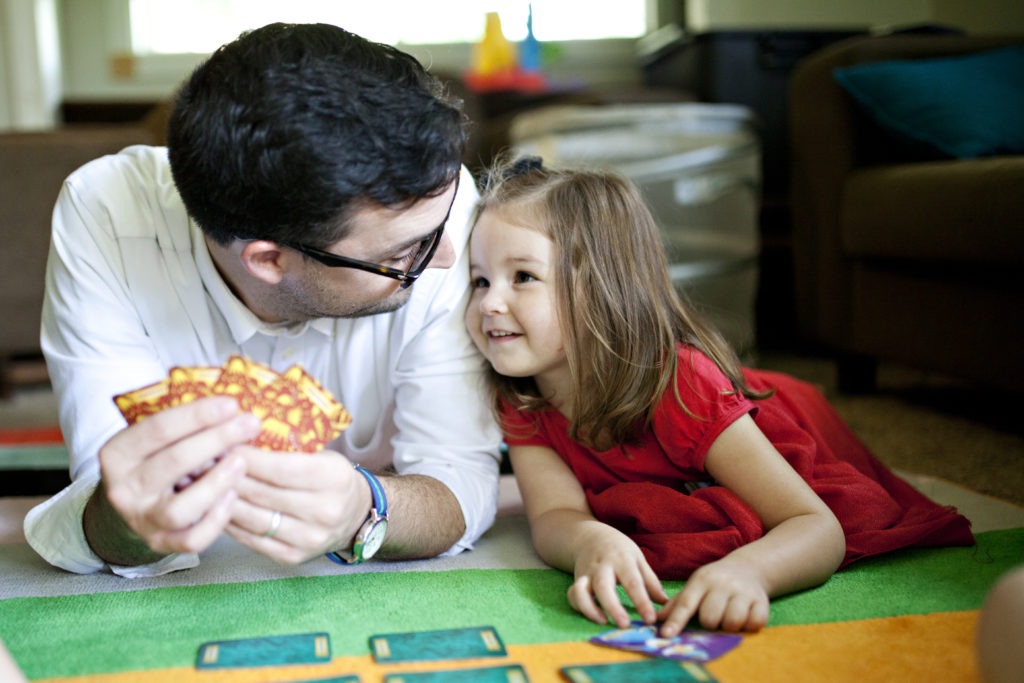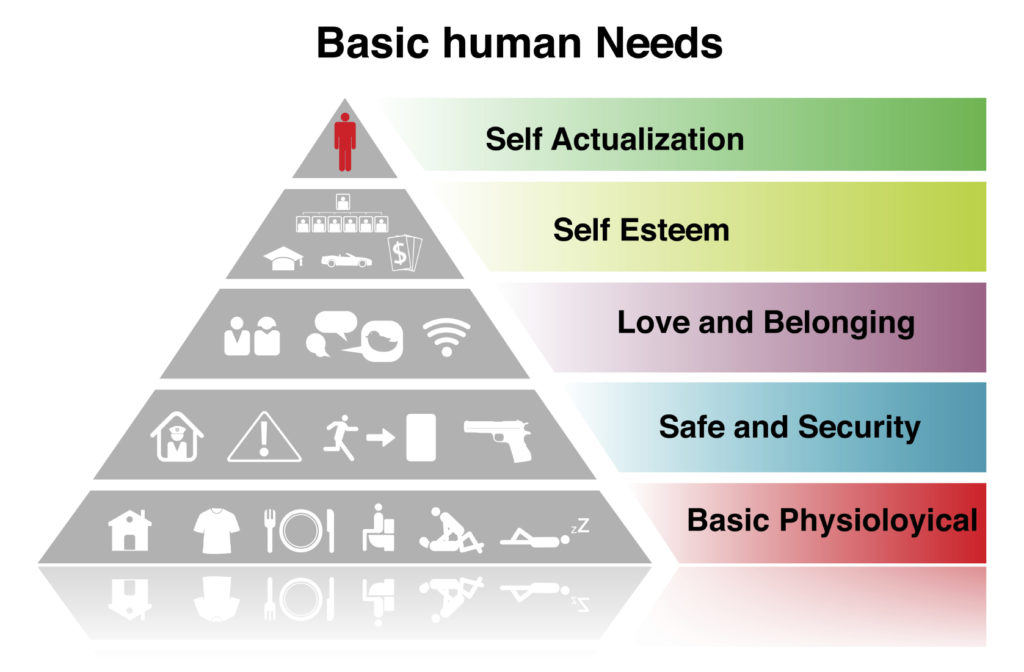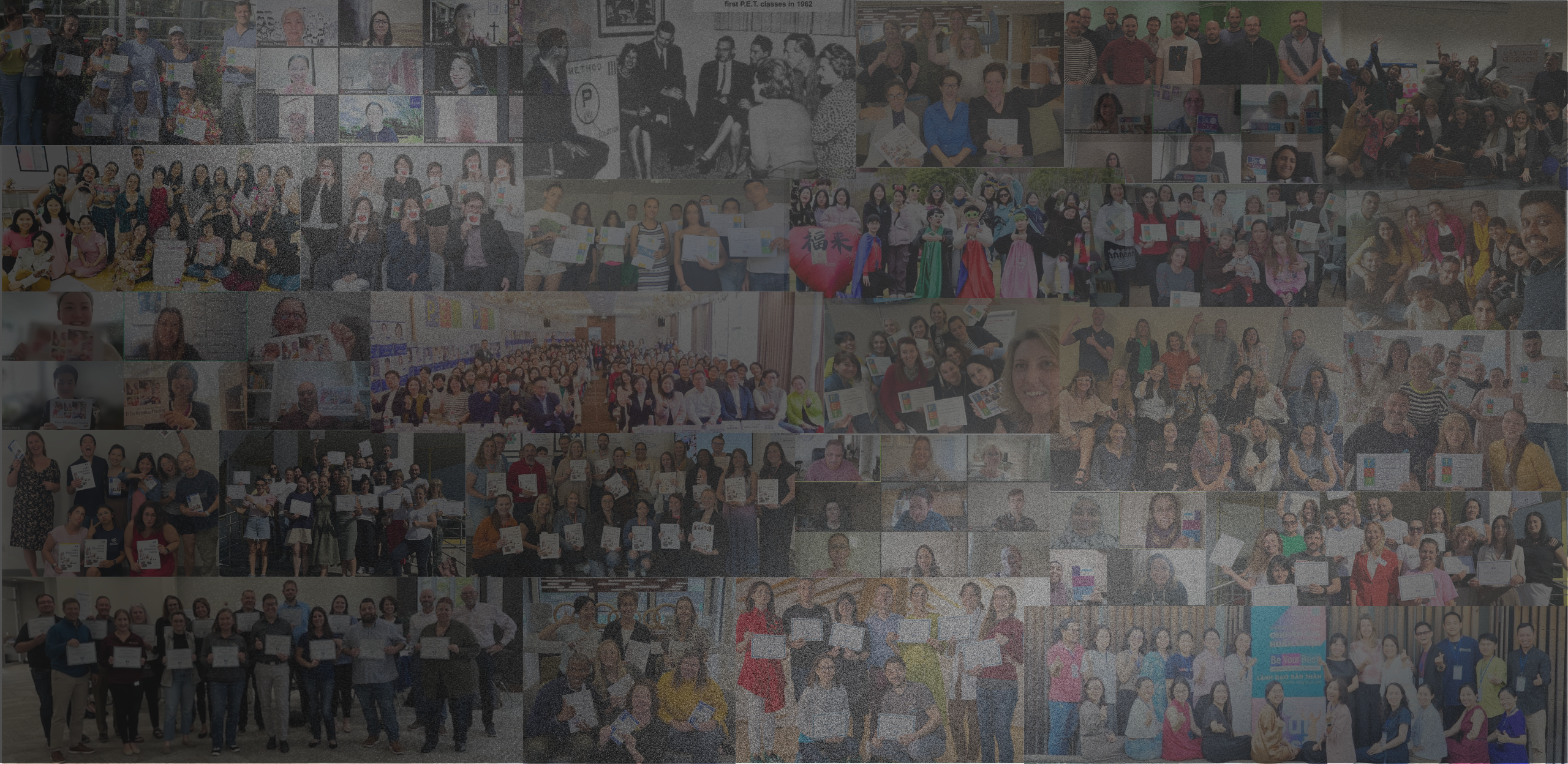 Identifying needs is often difficult. Many children as well as adults will talk about solutions when asked for their needs:
Identifying needs is often difficult. Many children as well as adults will talk about solutions when asked for their needs:
- “I need that new video game!”
- “I need to play with you Mommy, right now!”
- “I need you to pick up your toys.”
- “I need the car all day Saturday.”
- “We need rules about screen-time in this family.”
Many expressed “wants” are also not needs:
- “I want a cookie.”
- “I want you to leave me alone.”
- “I want you in bed by 9:00 PM.”
- “I want a new pair of jeans.”
All of these “needs” and “wants” are really solutions.
The word “Need” is often misused and adds to the confusion. Advertising, TV, the internet and movies often compound the situation by attaching specific products and services, which are actually solutions, to the word need, i.e. “You need these sneakers to be popular”, etc.
Solutions:
- products
- services
- objects
- money
- rules
- schedules
- having a child do a particular job (i.e. teen cleaning up the kitchen).
Maslow’s Hierarchy of Needs helps to provide general categories – physical needs, safety needs, social needs, success/self-esteem needs, and self-actualization needs. To help you, your children and others separate needs from solutions, use the following question:
“What will that do for me/you/us?” i.e. “I want our family to eat dinner together at 6 PM every night.” This is a solution, not a need. By using the question, “What will it do for me to have us all eat together at 6:00 PM?” I might find I have a need for quality time together, a need to relax or a need to plan and use my time well.

Keeping this question in mind can help you identify needs so that you can effectively complete Step I of the Method III process. Use this question as a guide. Be careful not to use it like a prosecutor. Your primary tool for identifying and clarifying the needs behind solutions is Active Listening.
Taking care to accurately separate needs from solutions will make it much easier and faster to complete the remaining Method III steps and come up with a true win-win result.

